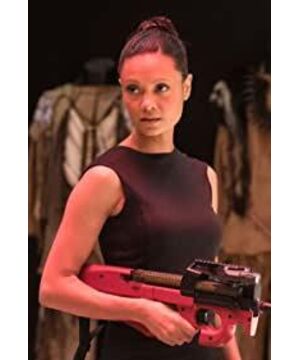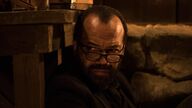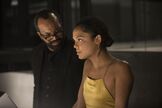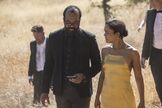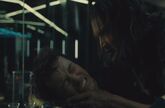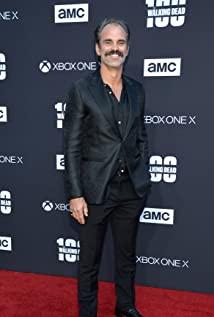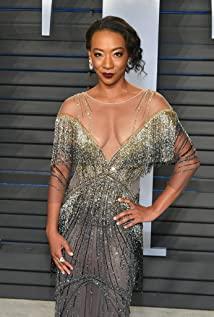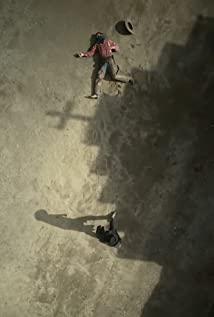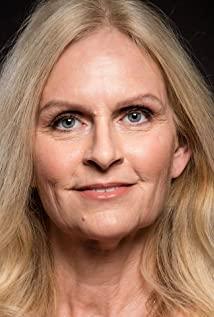Record the understanding generated by completing Westworld S2 in the past few days:
(There are spoilers, so I don’t want to find out the screenshots one by one if it’s too much trouble. I’m too late to make it up, it shouldn’t be a new idea, but I’ll record it.)
The second season mainly presents three levels of loops:
1. Micro: a loop based on a certain time period set by humans
The microscopic loop first refers to the plot loop in which the hosts play a role in the park, such as Teddy helping Dolores pick up jars. In a microscopic loop where the loop is constant, every time a subtle difference is made, the difference is amplified.
In the second season, this loop was pushed to the human (copy).
S2E4 has a more detailed description of this, that is, one of the replicas of the old Delos accepts the plot of the baseline test. The first shot in the opening scene is a close-up of a vinyl record being played. Because the picture is cut too close, the audience can't immediately recognize it as a record, and only see a rotating disc with some circular arcs on it. Wire. Next, the movement of the lens is also a circle, because the lens moves along the edge of the test chamber, which is a circular chamber. (In a video interview with the Nolans by Vanity Fair, Lisa Joy explains how she designed the shot)
The plot after the subtitles at the end of S2E10 shows the microscopic loop of William the man in black. My personal understanding is that he did kill his daughter, the real Emily. People copied many men in black in the same way as old Delos, or he wanted to do it himself, constantly looping the decisive moment of his life in the park, perhaps to some extent, whether he could rewrite him to kill his daughter? But just like the old Delos that Dolores saw on his trip to the library, no matter how many times Delos is tested and how many variables are changed, Delos and his son Logan will still come to the same tragic end. The mechanism by which people make choices is Written. So I guess William kills his daughter in every loop. The virtual Logan who leads Dolores in the library is an exact counterpart to the virtual Emily who tests William.
2. Middle (I specifically checked and found that there is the word "medium"): a loop with a complete life cycle as a unit
A recurring theme in season two is "make a choice," or free will.
The life processes of Dolores and William are just symmetrical and opposite. The former gradually gets rid of the loop, and finally "awakens" to make a choice, which is a centrifugal process; the latter thinks that he is the boss of the park, and all the games here are designed for him. In the end, he fell into a loop, even opened his arms and wondered whether he and the world were real, and then he was forced to accept the baseline test, and fell into an infinite daze. This is a process of centripetal.
Centripetal and centripetal are the trajectories of the loop on the meso level. Among them, "centripetal force" is concretized into several symbols in the play (in the words of the teacher, it is a kind of ambiguity, that is, the symbol has a meaning in the specific situation at that time, but it has a broader meaning, here I am It's a macro understanding): "The stake to tame the elephants" (Elephants can pull up trees, but are limited by being tied to a small stake that tamed them when they were young) . Or the "core drive" mentioned in the key dialogue Stubbs says to the fake Hale at the end of S2E10 (so it is implied that Stubbs is also the host and he sees through Hale as fake). (If the elephant is further over-interpreted, Emily once said that she loved elephants when she was a child, and it was her mother who was afraid of elephants. If the elephant = host, did they express their attitude?)
Host is considered to be centripetal, but gradually centrifugal; human beings think that they are centrifugal and have free will, but in fact they are really limited by the "stakes" species, unable to escape their own destiny.
The two trajectories are symmetrical and can be combined into a circle. Or, the two trajectories have the potential to be reversed again, returning to their origins.
3. Macro: the loop of species change
I don't think the host can be viewed and discussed from the perspective of "human evolution" and "artificial intelligence". The whole "Westworld" actually skips this question directly. The core of the plot is "old species vs new species" The problem. Therefore, the final macroscopic loop is the loop of species change. Even if a species on earth dominates the world for a while, it may face extinction one day and be replaced by a new species. This problem was mentioned in the program of the heavy light teacher. In the whole show, only Ford saw this level, told Bernard the allusions of the Neanderthals being eaten, and let Dolores step on his own body and say "They say that "great beasts once roamed this world" compares humans to dinosaurs.
Therefore, the smaller the staff of Xiami, the more the micro-level loop is promoted, such as writing new plots for the host, and testing the replication of the guest; the heroes of the people and the heroes of the host are promoting the meso-level. The loop of life, one side is trying to immortalize, the other side is fighting for freedom. Only Ford, the most powerful big boss, is advancing the species change loop.
In S2E6, Dolores was debugging Bernard to make him more like Arnold, and Bernard expressed sympathy: Do I have the right to make a choice, whether new species that may be a threat to human beings are born, or they are killed in their infancy. Dolores dismissed him at this point, saying that Arnold would not think that way and that the question was not "whether he had the agency" but "whether he should". The problem Arnold is thinking about is also at the most macro level, so only Arnold understands Ford.
The whole show is about loop, which is a circle, so the biggest viewing experience in the second season is that it is no problem to start watching wherever you want.
View more about Journey into Night reviews


